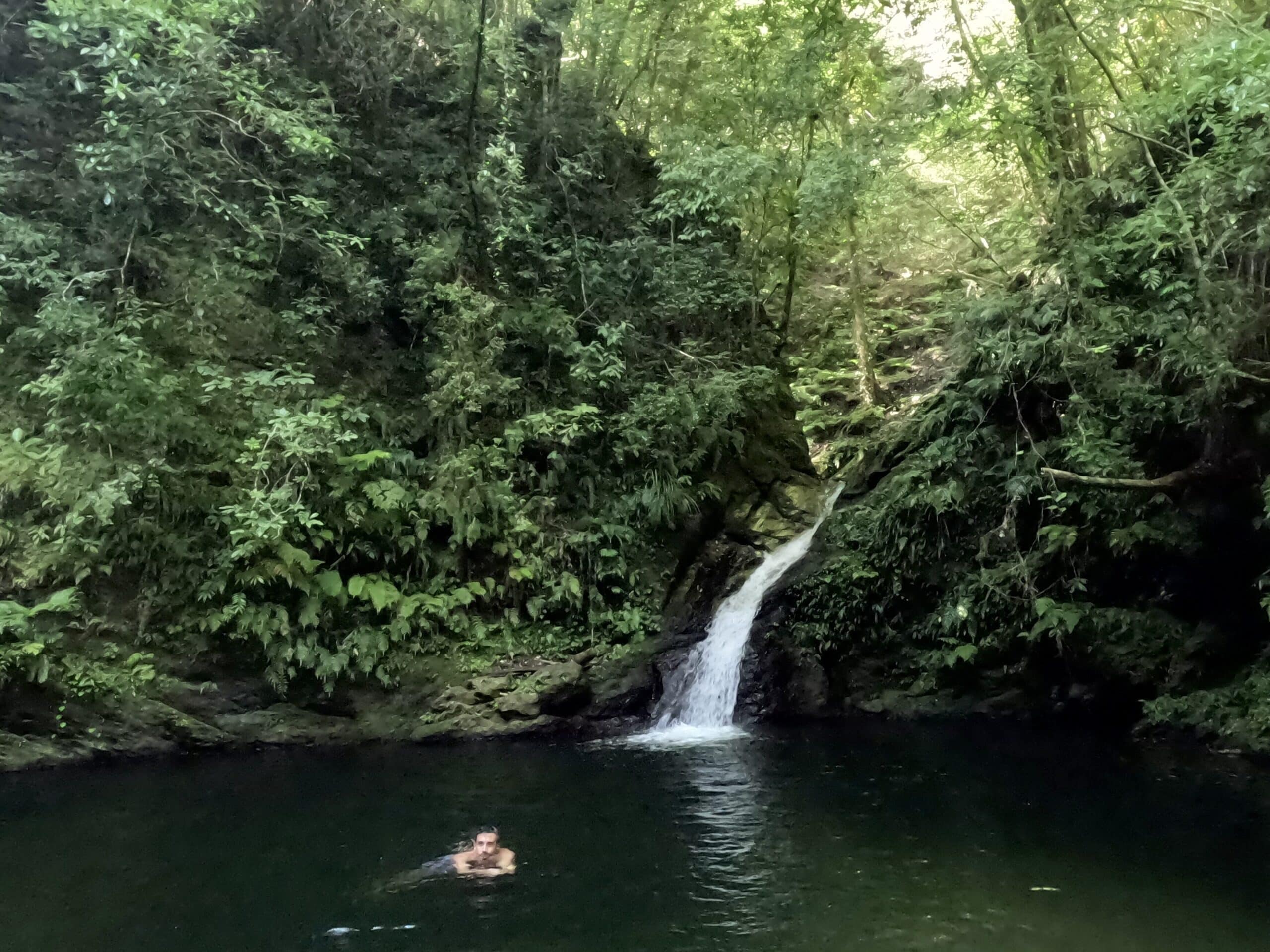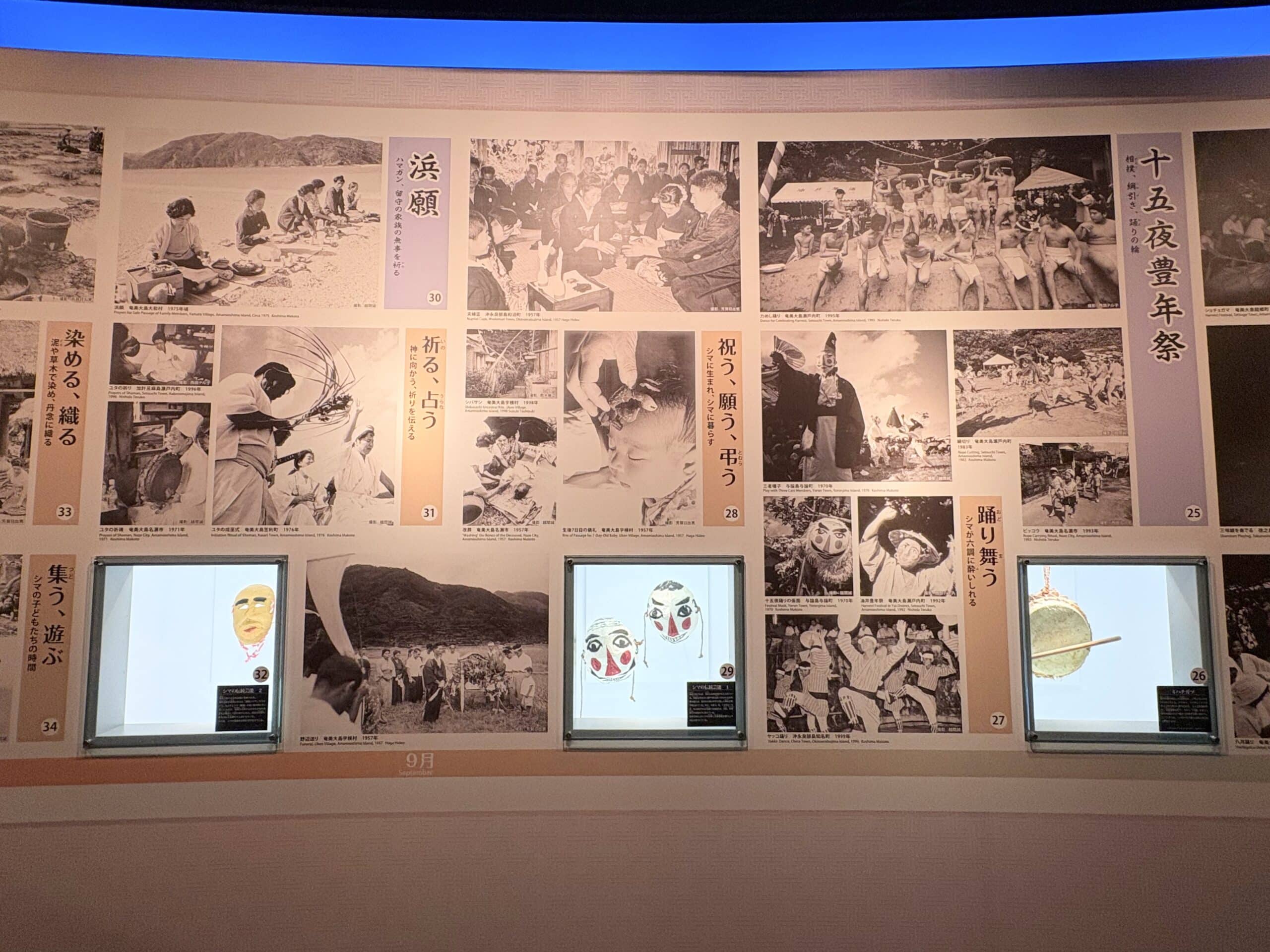
Explore Amami’s Museums and Cultural Centers
Amami Oshima Island is more than its stunning beaches and lush forests. From indigenous wildlife to traditional crafts, the island offers rich cultural and educational experiences through its museums and centers. Whether you’re a history buff, an art lover, or a nature enthusiast, these places offer a deeper look into Amami’s identity.
Overview Map
Featured Museums and Culture & Nature Centers
Amami City Museum (Naze)
Located in downtown Naze, the Amami Museum is just 5 minutes by car (or taxi), 10 minutes by bus, or a 30 minute walk from the city center. It’s an excellent first stop for those who want to understand the essence of Amami Oshima.
The museum offers well-curated exhibitions covering the island’s long history, unique local culture, and rich natural environment. Displays range from traditional fishing techniques and daily life in old Amami, to local folktales and endemic species. If you’re curious about how people lived on the island in the past, how nature shaped their traditions, or how the culture of Amami differs from the mainland, this museum provides an in-depth and rewarding experience.
Location: Naze, Amami City (Google map)
Opening Hours: Monday to Sunday, 9:00 AM – 5:00 PM
Entrance Fee: ¥310 (Adults), ¥100–¥150 (Students)
Learn more about the Amami City Museum
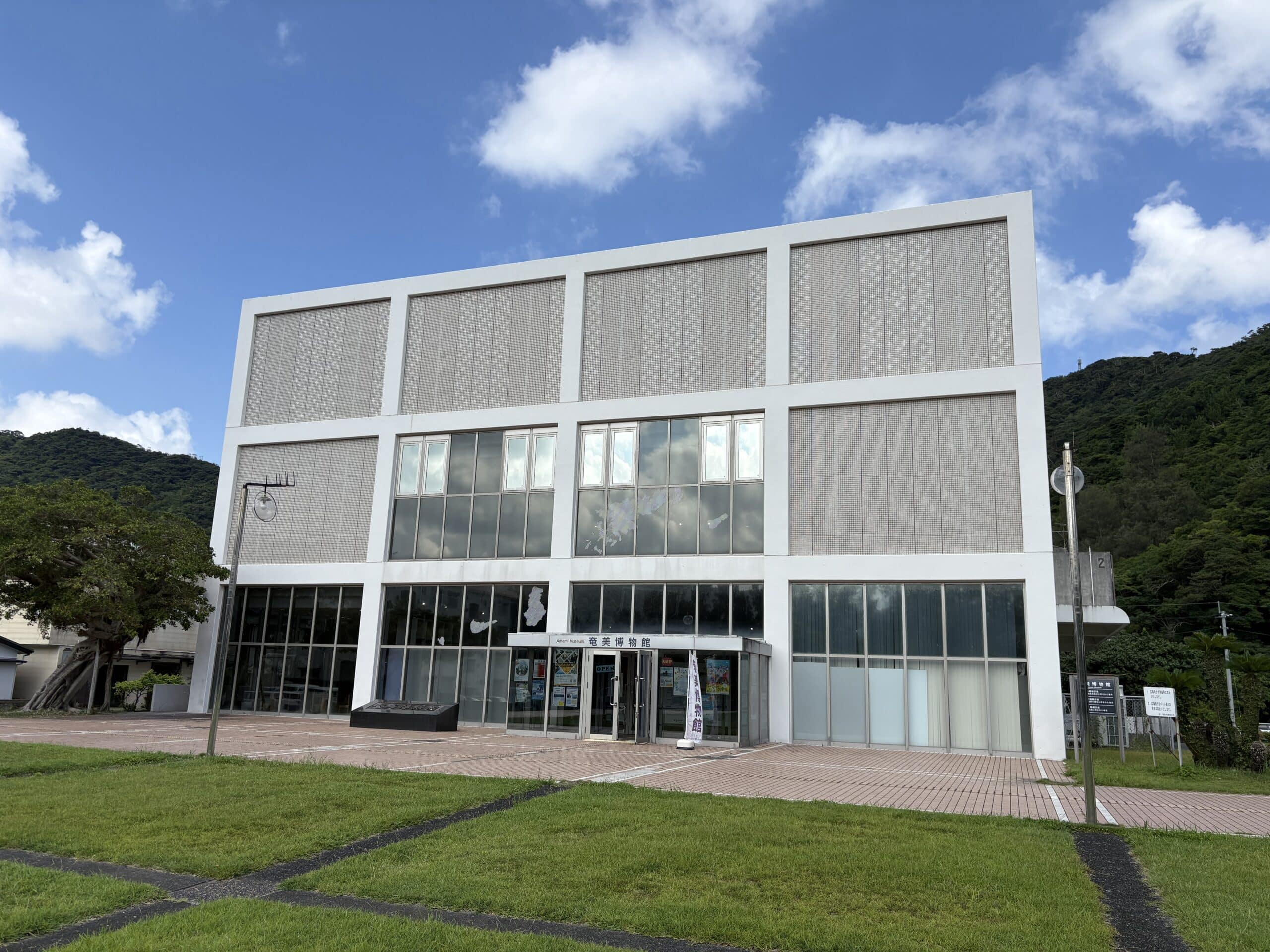
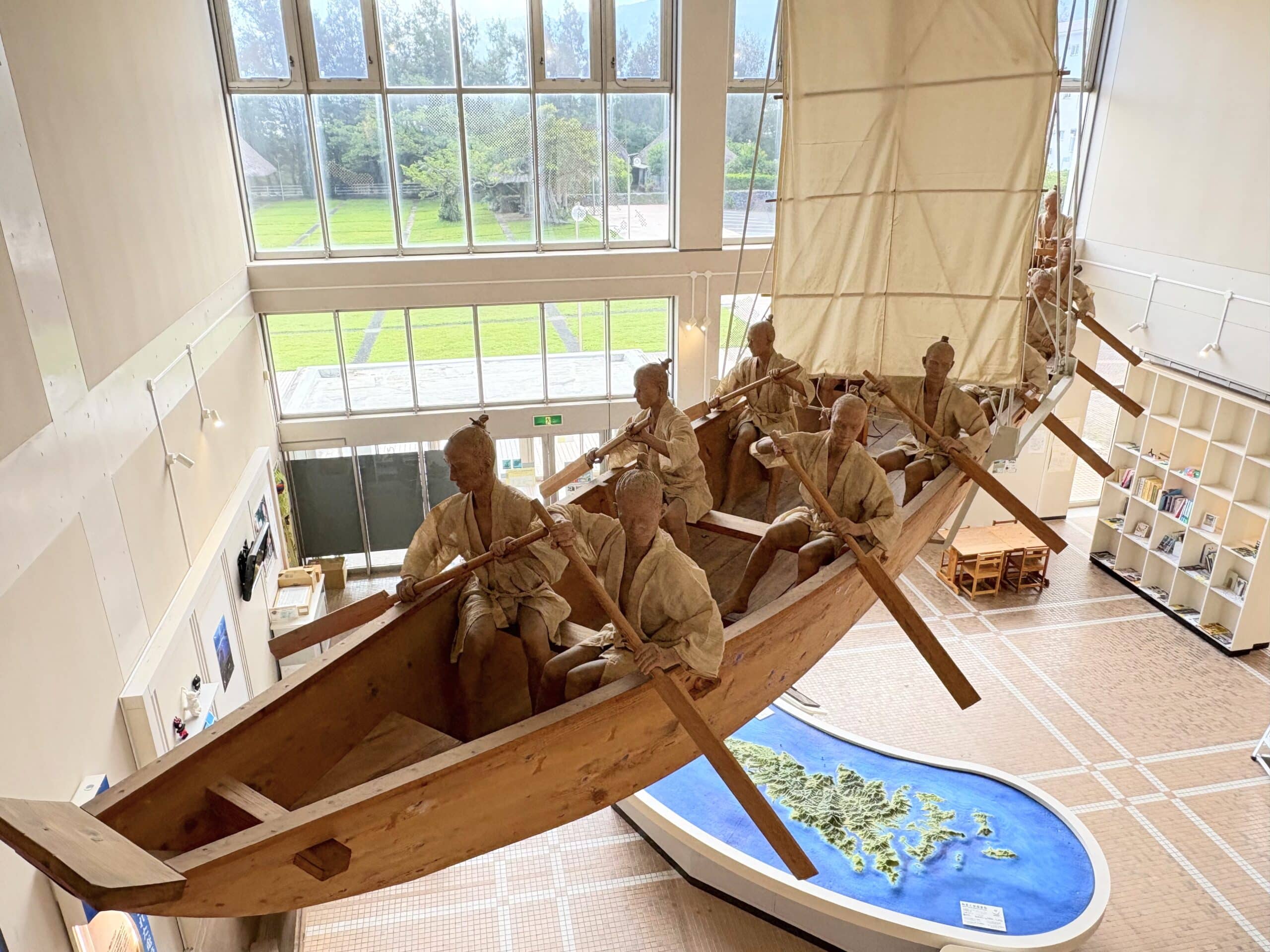
Amami Habu Center
Just a 20-minute walk or a few minutes by car or taxi from downtown Naze, the Habu Center is a unique and somewhat eerie attraction focused entirely on the habu, Amami’s native venomous pit viper. The center was founded by a passionate researcher who spent decades studying the habu, and it now houses an extensive collection of specimens, including live snakes, preserved samples in formalin, photographs, and research materials. This is not your average museum, some of the exhibits are graphic and may be disturbing to sensitive visitors.
Despite its intense subject matter, the Habu Center is a fascinating destination for those curious about the island’s most feared wildlife. There’s also a gift shop selling a variety of habu themed souvenirs.
Location: Naze, Amami City (Google map)
Opening Hours: Monday to Sunday, 9:00 AM – 5:00 PM
Entrance Fee: ¥500 (Adults), ¥300 (Children)
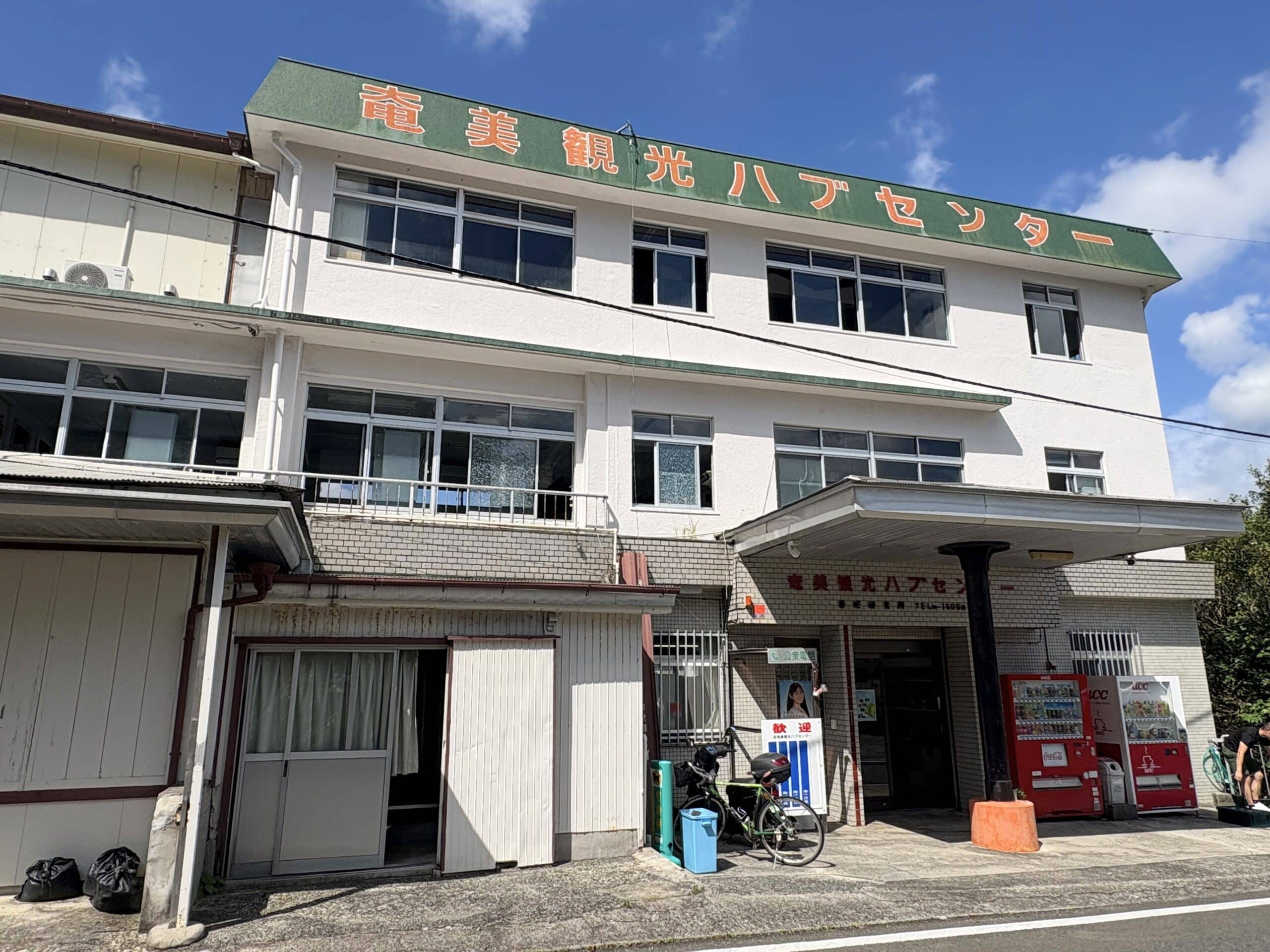
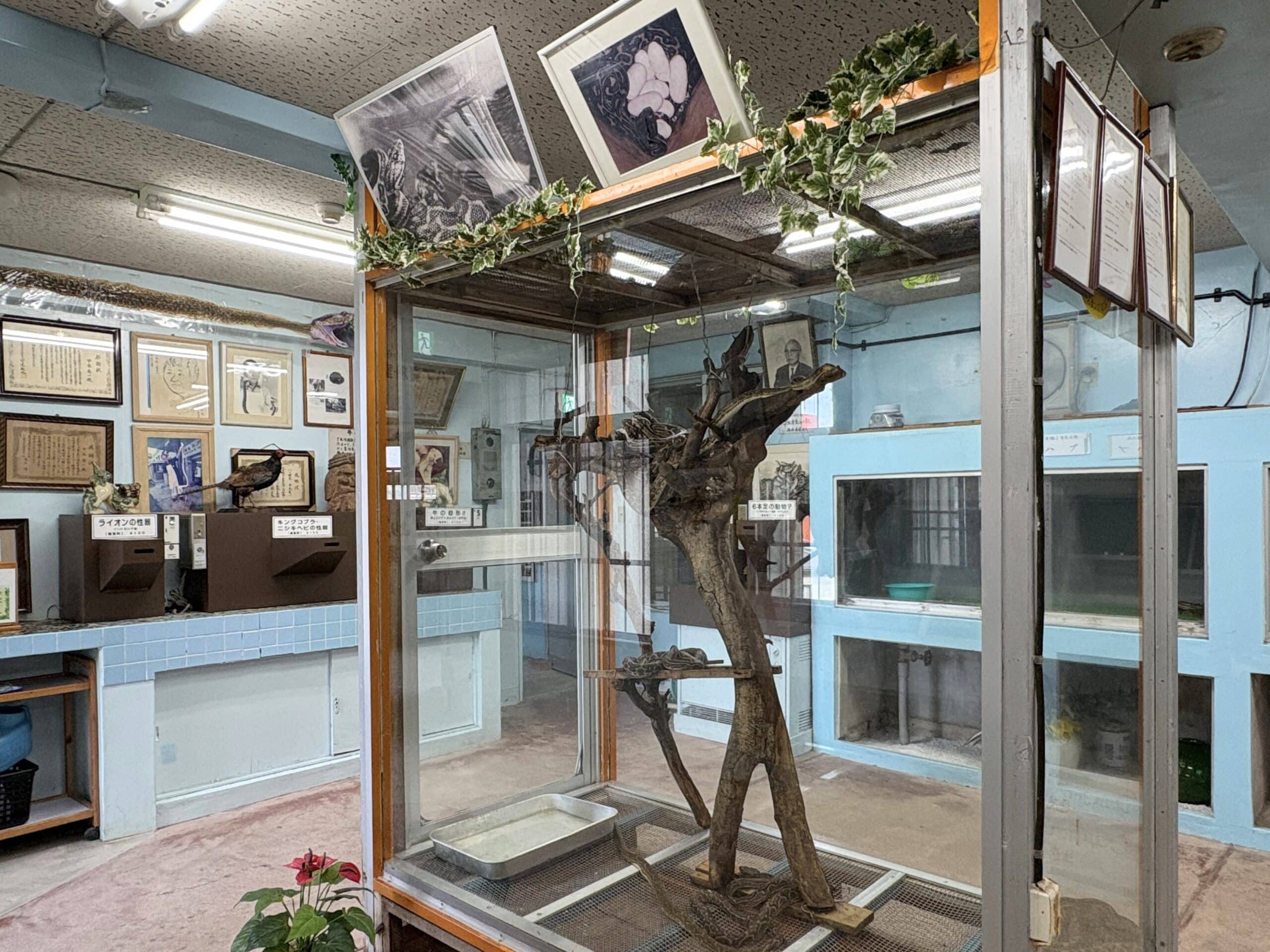
Amami World Heritage Conservation Center
Located next to the Mangrove Park in Sumiyo Town, this modern facility was established in response to Amami Oshima’s registration as a UNESCO World Natural Heritage site in 2021. It is about a 30 minute drive from Naze city center, and also accessible by local bus (get off at Mangrove Park).
The center is the largest museum on the island dedicated to Amami’s natural environment. It offers engaging exhibitions on the island’s ecosystems, rare and endemic species, and conservation efforts. Visitors can explore nature history, taxidermy displays, and educational videos that highlight the unique biodiversity of Amami and the importance of preserving it.
Whether you’re planning to hike in the island’s forests or just want a deeper appreciation of Amami’s natural treasures, this is a must-visit destination for eco-conscious travelers.
Location: Sumiyo Town, next to Amami Mangrove Park (Google)
Opening Hours: Friday to Wednesday, 9:00 AM – 5:00 PM
Closed: Thursday
Entrance Fee: Free
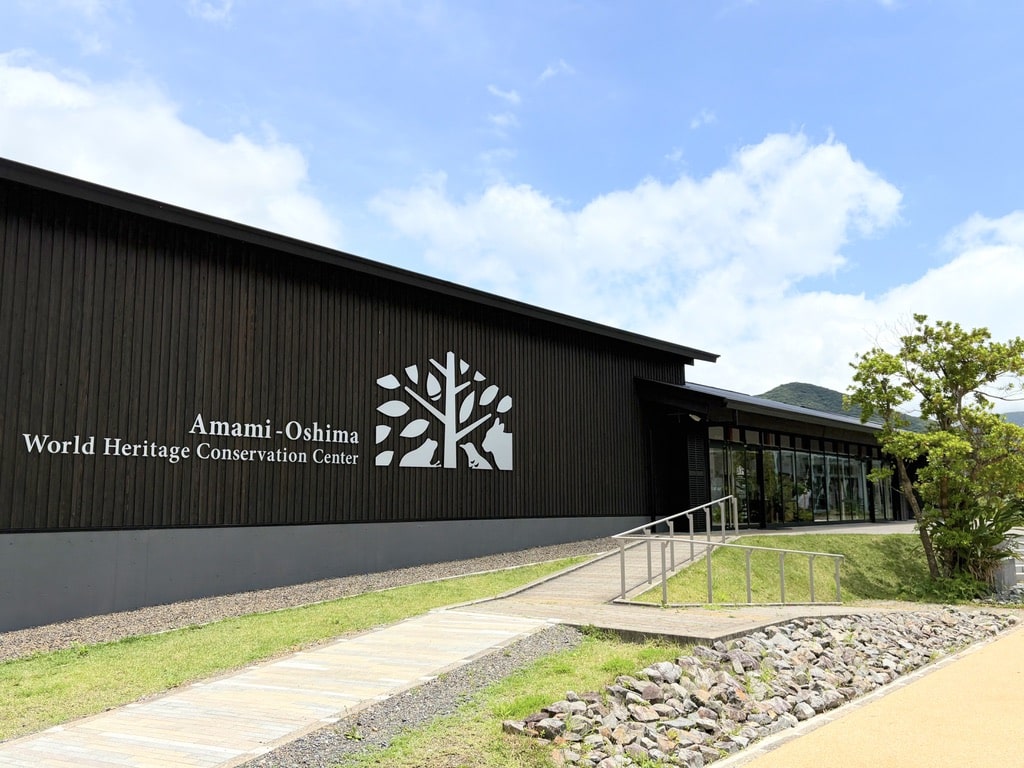
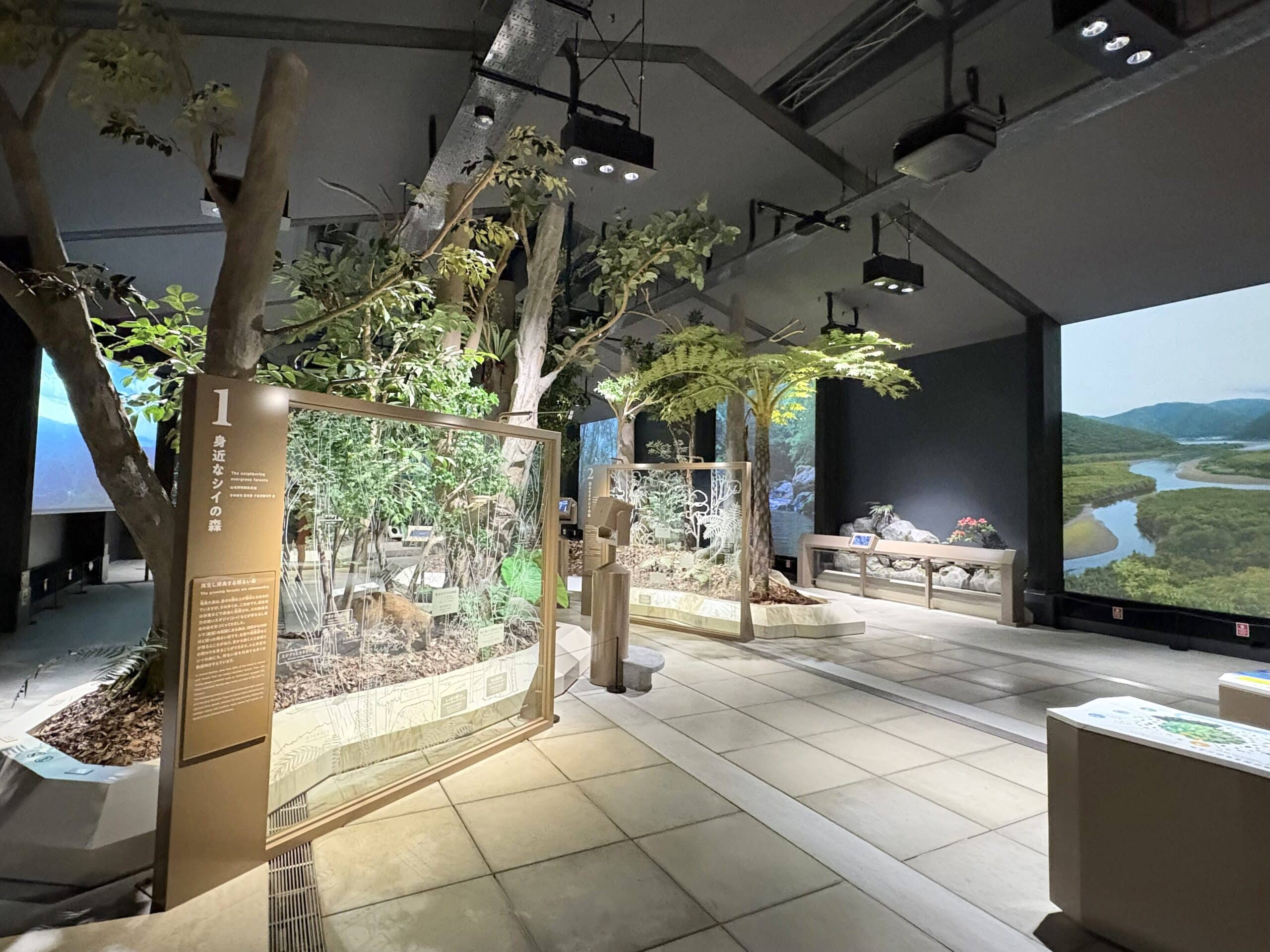
Amami Park
Located just 10 minutes by car from Amami Airport, Amami Park is a cultural complex that introduces visitors to the nature, history, and traditions of the Amami archipelago. It is easily accessible by bus from both the airport and Naze city center, get off at the “Amami Park” bus stop.
The museum offers a wide range of exhibits covering the local folk culture, traditional crafts, and the broader history of the Amami Islands. Large-scale models, visual displays, and cultural artifacts provide an excellent overview of what makes this region so unique.
If you’ve just arrived on the island, this is an ideal place to start your journey and get a sense of the land and people before heading out to explore more deeply.
Location: Kasari Town (Google)
Opening Hours: Monday to Sunday, 9:00 AM – 6:00 PM
Closed: 1st and 3rd Wednesdays of each month
Entrance Fee: Free for general entry. To access the Folk Culture Exhibition, admission is ¥310 (Adults), ¥150–¥220 (Students)
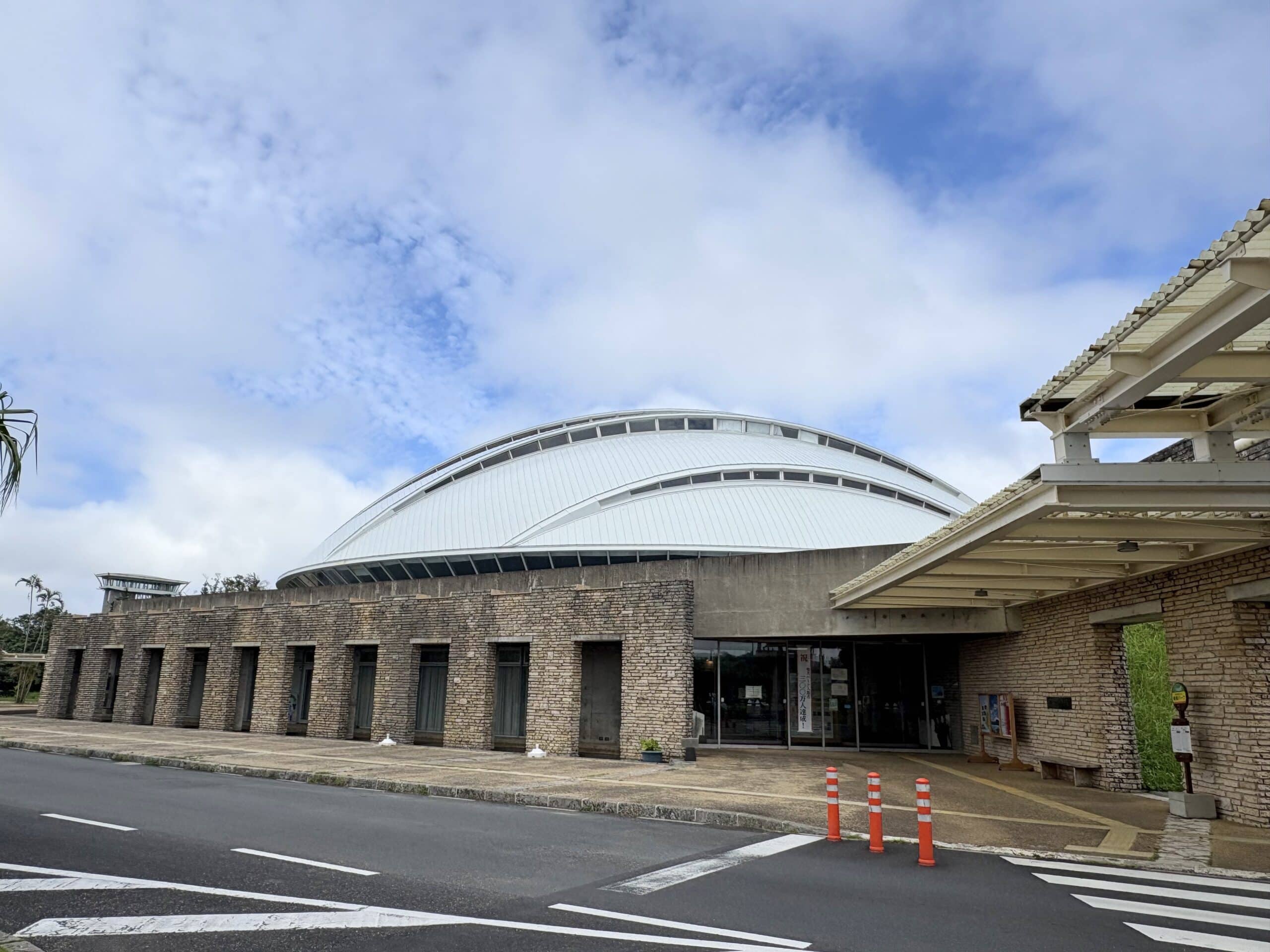
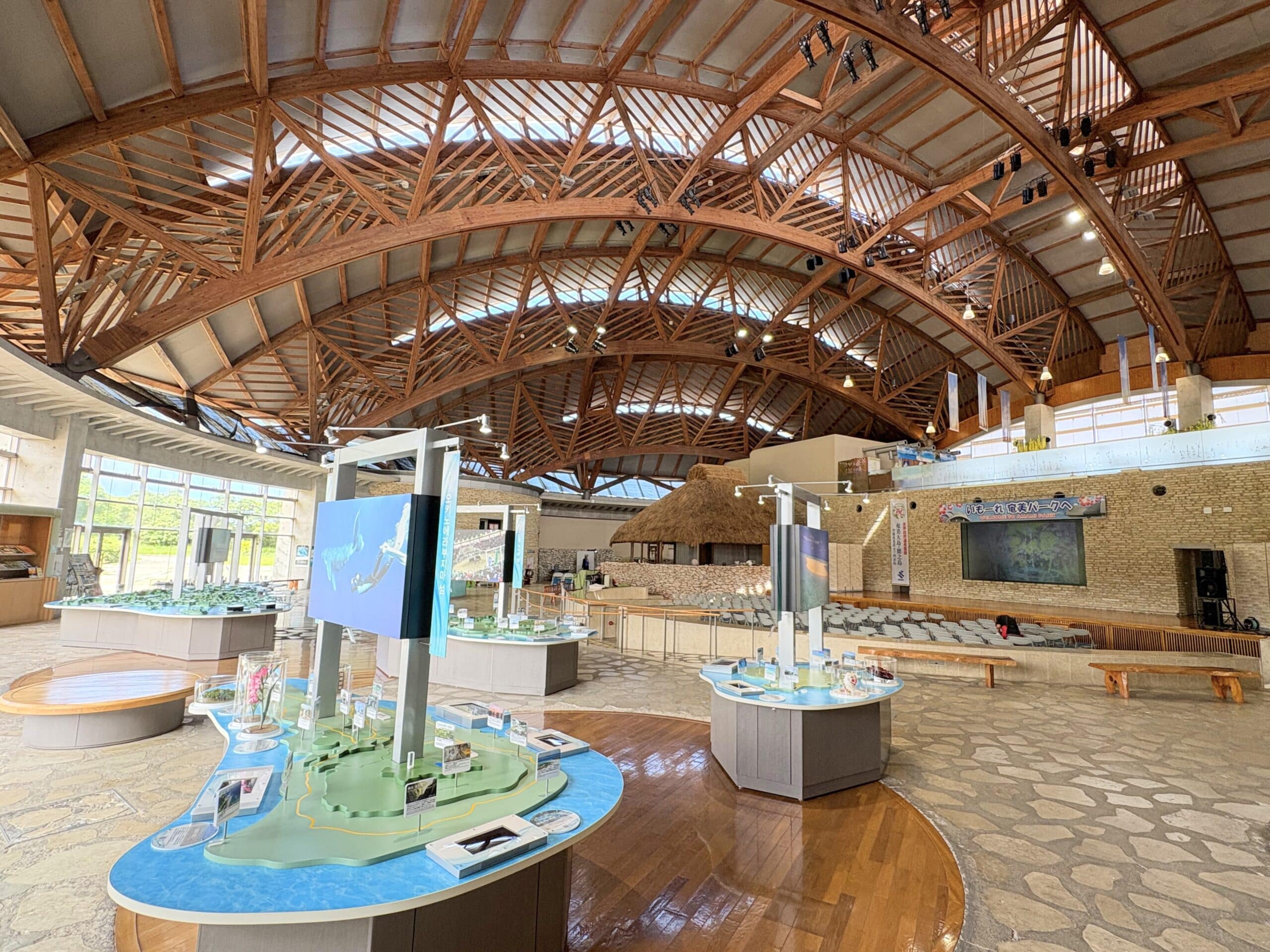
Tanaka Isson Memorial Art Museum
Located next to Amami Park, this art museum is dedicated to Tanaka Isson, a Japanese painter often described as a “solitary genius.” Born in Tochigi Prefecture, Isson moved to Amami Oshima at the age of 50 and spent the rest of his life painting the island’s lush tropical landscapes and fauna and flora until his death in 1977.
His works are renowned for their vivid colors, meticulous detail, and emotional depth. With a unique use of shadows and vibrant hues, his paintings beautifully depict Amami’s flora and fauna, capturing the soul of the island like no other.
The museum offers a peaceful, contemplative atmosphere. An ideal place to reflect on your journey through Amami and revisit the natural beauty you’ve encountered.
Location: Kasari Town (Google)
Opening Hours: Monday to Sunday, 9:00 AM – 6:00 PM
Closed: 1st and 3rd Wednesdays of each month
Entrance Fee: ¥520 (Adults), ¥260–¥370 (Students)
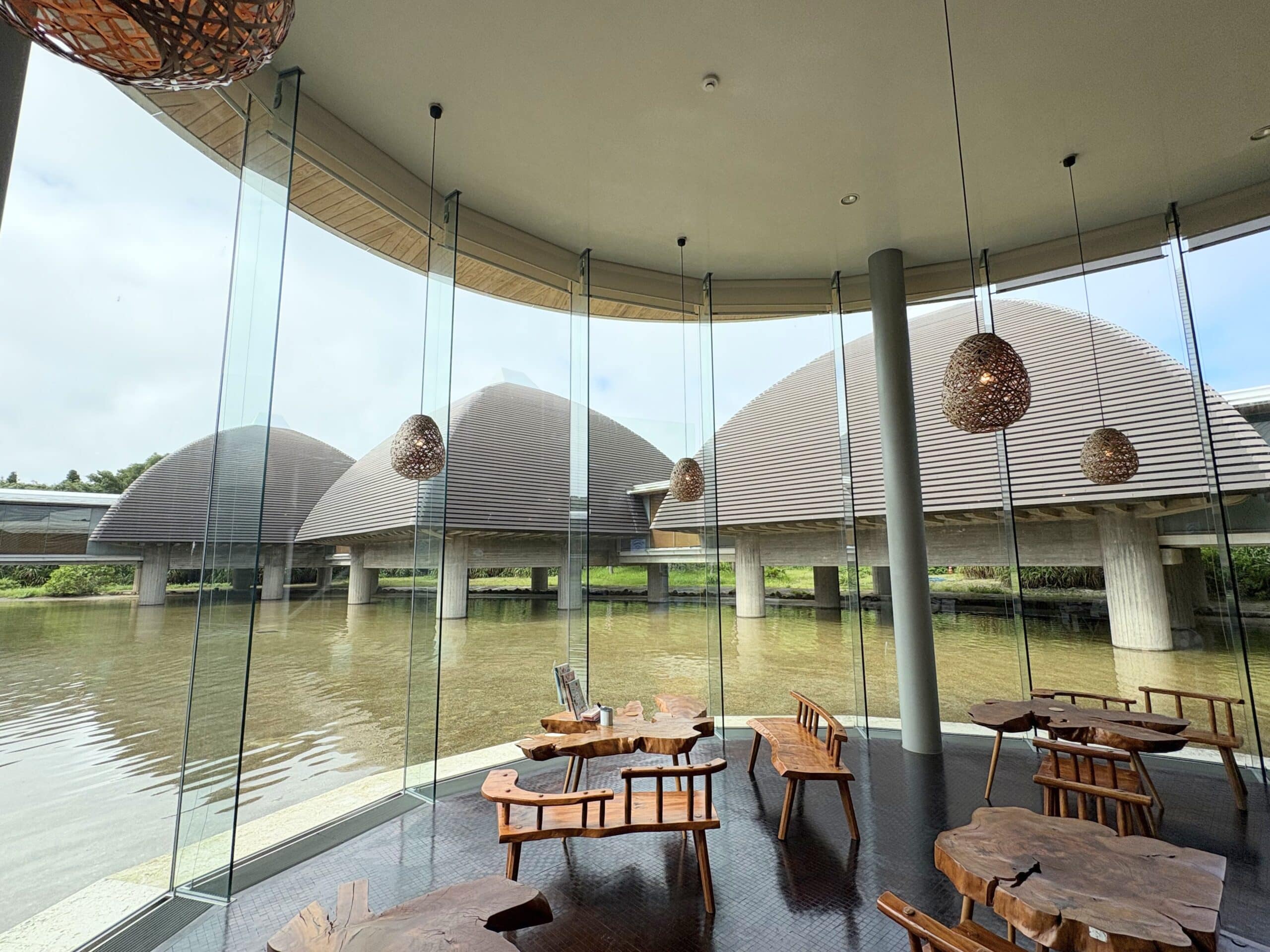
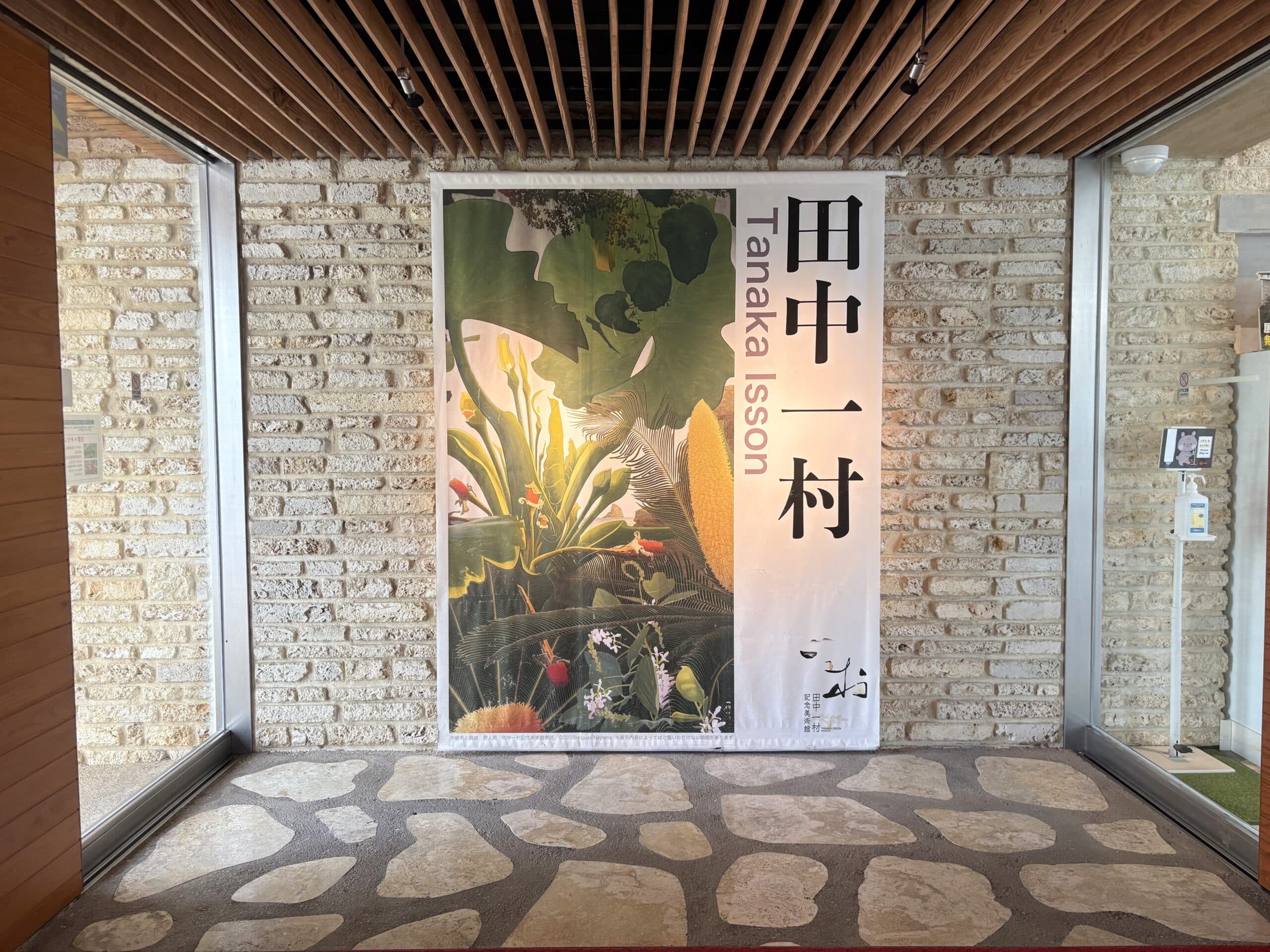
Amami Wildlife Conservation Center
Located in Yamato Village, about 40 minutes by bus from Naze City, this government-run center offers insight into the natural environment of the Amami Islands. Operated by Japan’s Ministry of the Environment, it is also the headquarters of the “Mongoose Busters”, a team dedicated to eradicating invasive mongooses and protecting native species.
Inside the center, visitors will find educational exhibits about the island’s ecosystems, as well as displays of amphibians, freshwater fish, and preserved taxidermy of mammals and birds. Though relatively small, the center offers a clear picture of the island’s rich biodiversity and the ongoing efforts to preserve it.
Location: Yamato Village (Google)
Opening Hours: Tuesday to Sunday, 9:30 AM – 4:30 PM
Closed: Monday
Entrance Fee: Free
Travel Tips
- Renting a car is the smoothest and most flexible way to visit museums and cultural centers across the island.
- However, many museums can also be accessed by public bus. Check our Bus Information Page for route details and stop locations.
- Some facilities are free of charge, while others require a small admission fee.
- Opening hours and entrance fees may change, so always check each museum’s official website or contact information before visiting.を参考にしてください。
Call to Action
Want to combine culture and nature? Join one of our guided tours to explore the best of Amami with local insight!

